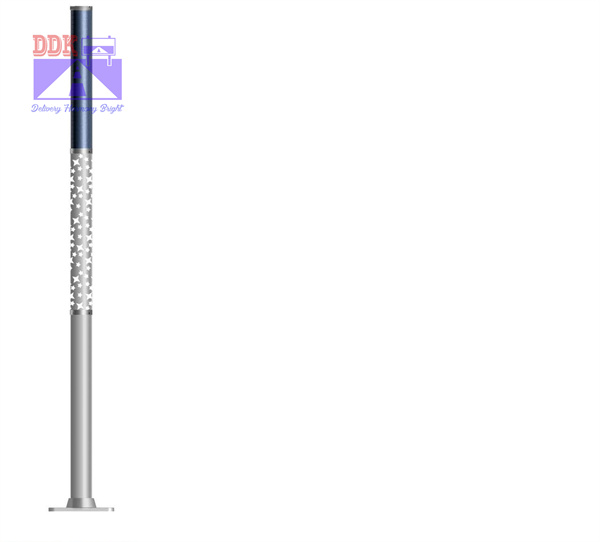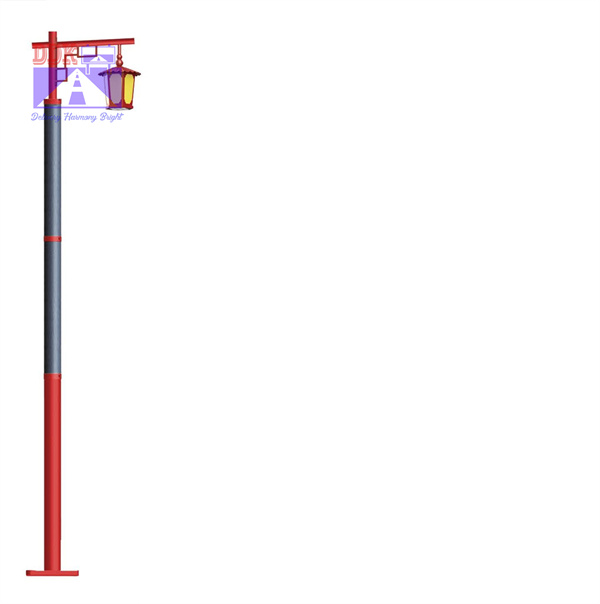NEWS
A silicon photovoltaic cell is a semiconductor device that directly converts light energy into electrical energy. Its structure is very simple, and the core part is a large-area PN junction (Figure 9). You can do a simple experiment by yourself, connect a point-contact diode with a transparent glass case and a microammeter into a closed loop. When the die (PN junction) of the diode is illuminated, you will see the microampere The needle of the watch is deflected, showing that there is current in the loop, a phenomenon called the photovoltaic effect.
The PN junction area of silicon photovoltaic cells is much larger than that of diodes, so the electromotive force and current generated when exposed to light are also much larger. For example, under the incident light intensity of 100mW/cm2, the domestic 2CR silicon photovoltaic cell has an open circuit voltage (measured with a high internal resistance DC millivoltmeter) of 450~600mV, a short circuit current of 16~30mA, and a conversion efficiency of 6%~ 12%.




